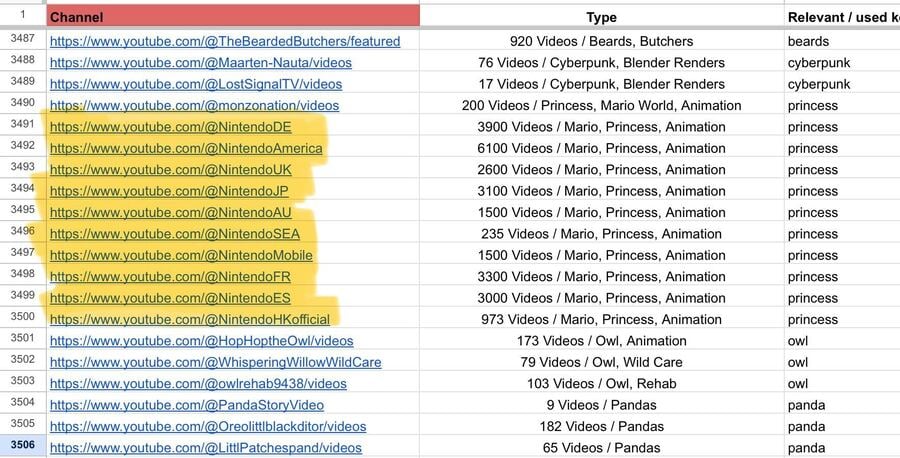
AI Generator Scandal: Runway's Text-to-Video Model Trained on Unauthorized YouTube Videos
Runway, a multi-billion dollar company specializing in artificial intelligence (AI) technology, has been embroiled in a controversy surrounding the training of its text-to-video generator, Gen-3. According to multiple reports from reputable sources such as 404 Media and The Verge,
Runway allegedly scraped YouTube videos without permission for use in training its AI model. The company reportedly used hundreds to thousands of videos from various channels, including those belonging to major entertainment companies like Netflix, Disney, Nintendo, Rockstar Games, and individual creators such as MKBHD and Linus Tech Tips.
The unauthorized video scraping came to light when 404 Media obtained a spreadsheet detailing the YouTube channels used for training Gen-3. An anonymous Runway employee admitted to downloading videos from these channels using proxies in order to avoid detection by Google.
Google, which owns YouTube, has clear policies against unauthorized use of its content for AI training purposes. Violations of these policies can result in legal action and damage to the reputation of the offending company.
Despite this, Runway continued with its controversial practices. The company's actions have raised concerns about privacy, intellectual property rights, and ethical considerations in the use of AI technology.
It is important to note that while these reports provide compelling evidence against Runway, it is essential to maintain a neutral perspective and avoid jumping to conclusions without further investigation. It remains unclear whether all of the videos listed in the spreadsheet were actually used for training Gen-3 or if they were simply considered as potential sources.
As this story develops, it will be crucial for Runway to address these allegations transparently and provide clear explanations regarding its data collection and usage practices. The company must also take steps to ensure that such incidents do not occur in the future.
Stay tuned for updates on this developing story.

/cdn.vox-cdn.com/uploads/chorus_asset/file/25545828/1703205214.jpg)